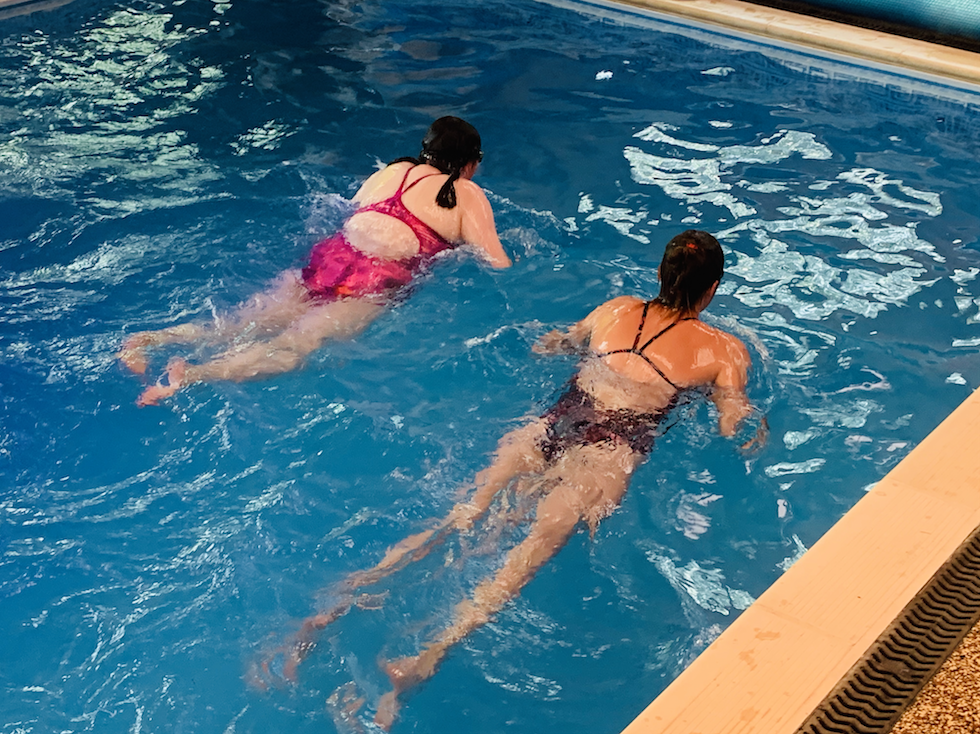
05 Jun Stroke focus – Breaststroke
In this post written by one of our Lead Teachers Becca we break down the movements that make up the stroke, the steps we take when teaching it and the benefits it has on the body.
Breaststroke is my favourite stroke, it is said that it is the hardest to understand because your arms and legs have to move together and away from the centre line of the body rather than staying close this causes it to be the slowest stroke as it isn’t streamlined like the other strokes. The fundamentals – pull, breath, kick, glide. When I was learning to swim, I found this the easiest, I suppose that shows how everyone is different!
As mentioned earlier the fundamentals of breaststroke are; pull, breath, kick, glide. When we teach the stroke, we break it down into pull and kick as it makes it slightly easier to understand. The kick is like a frog leg. The knees bend up to the tummy like a mushroom float and then star out straight and then snap together, we then add the glide in at that point where your legs stay together for 2 seconds. The arms are both going at the same time around like a circle and then cutting in half back into rockets where the glide would then happen. Once they understand it, we add in breathing and the gliding with or without a floating aid. Breathing on breaststroke is by your head coming out of the water looking forward taking a quick breath and then back in the water as your arms are reaching rockets (streamline). Some children get it quite quickly but some children it takes a little longer to understand the stroke. As they keep practicing this with their lessons, they will get stronger and more confident with the unusual movements.
Remember the routine: pull, breath, kick, glide! This will help get and keep the timing!
Swimming is an all over workout, helping you build strength, power and endurance; breaststroke targets mainly the lower body as the leg kick is the main propulsion to help you go forward. Your hamstrings and inner thigh get a good workout! The kick starts by both of your legs bending from the knees up to the torso and then star out straight and then snap together straight and holding it there for the glide. When you push your glutes work with the quads to push your body forward. If you have weak knees you could put strain on them, to modify it you could do dolphin kick with your legs and breaststroke arms. It is unlike any of the other strokes; it is the least streamlined which means it is the slowest stroke. With it being the slowest stroke, it burns the least calories but it can be done for a lot longer distance which helps with the cardiovascular endurance.
Breaststroke can be swum leisurely or it can be swum more competitively. Competitive breaststroke swimmers like Adam Peaty bring their upper body out of the water. If you want a stronger upper body you want to increase the speed of your arm movement. The chest muscles (pectorals) and latissimus dorsi (lats) contribute to the body’s propulsion, speeding this up will make the stroke slightly faster and more competitive than leisurely.


